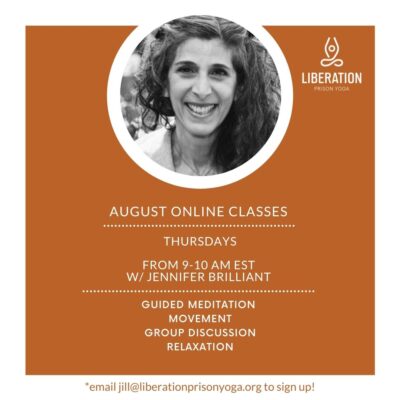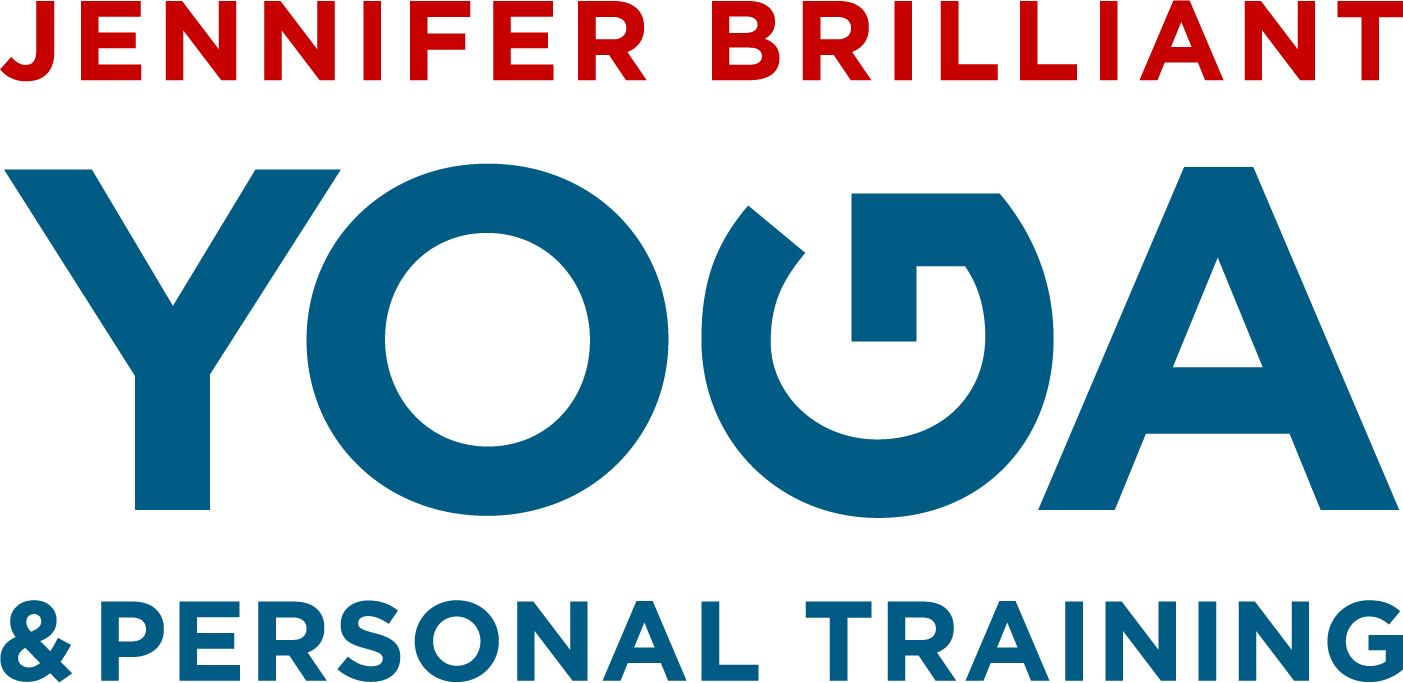After more than 30 years of teaching, one weekend-long workshop about Trauma Informed Yoga changed everything.
That was almost three years ago. And I still feel the indelible mark this work has left on me.
As a teacher, I have always felt skilled, dynamic, and able to garner the attention of my students. It felt as if I could hold them in my hands during class. My proficiency in teaching fed my lifelong desire to be recognized for being really good at something and being someone that others looked to for knowledge.
One day over lunch, a dear yoga colleague also training in psychoanalysis told me that every yoga teacher loves to be in control — telling everyone else what to do. At the time, I thought “Ooh really. Me too?”
I loved using Sanskrit words because it gave the impression that I knew a lot. I loved sharing anatomical language, techniques and ideas that I learned from my years of experience with movement. And I’ve always loved having people watch me (because I always seem to do a little better with an audience.)
But I realized while discussing power dynamics over that weekend that being the expert and telling everyone what to do separates me from my students and could be considered a misuse of power. It no longer made sense to me to attract my student’s attention in the way I’d been doing for so long.
—————– ——————— ———————-
No one can learn to be truly embodied if their focus is on someone else and waiting for the next cue from outside of themself. Sadly, this is what we are taught – that everyone else has the answers, from our first year of school and onward.
The truth is, though, that when I actually let go of that control of telling my students exactly what to do – teaching is more fun and I have more clarity about my role.
Three years later, my teaching is still evolving.
Today I model the practice for my students, guiding them as we practice together. Instead of presenting myself as an authority figure, I want to foster heartfelt connections and a safe space. Though it seems nearly impossible, I do my best to avoid using commands in my teaching, instead using kind language that supports the idea of creating empowerment from within.
This approach to teaching meshes with my world view that we are all the same. I hope that my yoga teaching can be a way of creating more equality in the world.
Recently, I repeated a Trauma Informed Yoga Training with Liberation Prison Yoga, a charitable organization devoted to bringing yoga to incarcerated people. I also participated in follow-up practice teaching sessions, receiving valuable feedback. It was great to get support for this new-ish path I’ve been on.
If you’re curious about this kind of teaching, I invite you to a free weekly online Trauma Informed Yoga class (through Liberation Prison Yoga) that I teach on Thursday mornings at 9:00 am. I’m not sure how long these classes will run, but I’ll be teaching this Thursday morning class through August and would love to see you. For information about the class and to sign up, please contact Jill@LiberationPrisonYoga.org.


Thank you I wish I could join because I wish to teach yoga in prison environment I have no idea why.
Anyway I had a fall in my apartment and fractured my left wrist. Mind you my right wrist is still recovering from same kind of injury.
Surgery was 8/2/21 and on comple before at for 2 weeks. But will try just watching you how you teach the prison population.
Mrs Soni